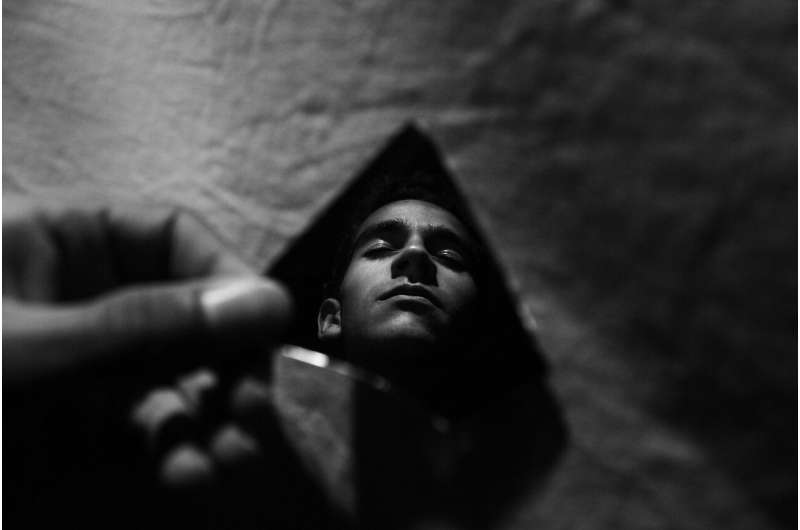Rising Trend of Firearm Suicides Among Older Women Raises Concerns

A new study reveals a concerning rise in firearm suicides among older women, highlighting the need for targeted mental health and firearm safety interventions.
Recent research conducted by Boston University School of Public Health and UCLA Luskin School of Public Affairs highlights a troubling increase in firearm-related suicides among older women. While men over 65 are more likely to die by firearm suicide—being approximately 13 times more at risk than women—the study reveals that the proportion of suicides by firearms among women in this age group is rising sharply. Data from 2014 to 2023 shows firearms involved in nearly 40% of suicides among women aged 65 and older, marking an increase from 34.9% in 2014.
The study, published in JAMA Network Open, analyzes firearm suicide data from the CDC, showing that more than 90% of the 63,599 older adults who died by firearm suicide during this period were men. However, the proportion of firearm suicides among women increased by about five percentage points, reaching 38.5%, reversing a longstanding decline since 1991. This shift underscores the urgent need for tailored interventions and increased mental health support for older women.
The research also highlights geographic disparities, with southern states like Alabama and Mississippi exhibiting the highest proportions of firearm suicides—over 90% among men and around 68% among women. Conversely, states with stricter firearm laws tend to report fewer firearm-related suicides. Experts emphasize the importance of healthcare providers addressing mental health and firearm safety discussions with older patients. As the population of older women continues to grow, especially in the United States, proactive measures are critical to prevent these tragic outcomes.
Factors contributing to this trend include physical health issues, depression, social isolation, financial stress, and easy access to firearms. Experts warn that firearm suicide is the leading method among adults over 65, and the risk of death is significantly higher due to the lethality of firearms and reduced chances of rescue. Addressing mental health needs and implementing effective firearm safety policies are essential steps to combat this rising issue.
Source: https://medicalxpress.com/news/2025-08-firearm-suicides-older-women-alarming.html
Stay Updated with Mia's Feed
Get the latest health & wellness insights delivered straight to your inbox.
Related Articles
The Benefits of Staying Curious for Seniors' Mental Health
Continuous learning and curiosity significantly improve mental health and resilience in older adults, helping them stay emotionally balanced during challenging times. Discover how staying curious can benefit seniors' well-being.
Understanding Narcissism: Connections to Insecure Attachment Styles
Recent research highlights the link between insecure attachment styles from childhood and the development of vulnerable narcissism, emphasizing the importance of early psychological health and secure relationships.
Empathy in Youth During War: Understanding the Hidden Mental Health Risks
Explore how empathy, a vital trait, can become a hidden mental health risk for young people during war, based on a decade-long study in Israel highlighting the importance of tailored psychological support.



